
‘I Kind of Redeemed Myself’—College Programs Aim to Shift the Odds for Prison Inmates
‘I Kind of Redeemed Myself’—College Programs Aim to Shift the Odds for Prison Inmates The scene inside this sweaty gymnasium

‘I Kind of Redeemed Myself’—College Programs Aim to Shift the Odds for Prison Inmates The scene inside this sweaty gymnasium
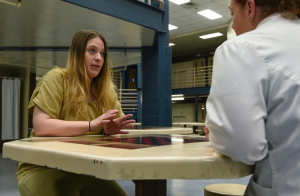
County jails move toward offering drug treatment behind bars Federal rulings, legal activism and an explosion of inmates with opioid

Since the passage of the First Step Act in December, I’ve been speaking with people coming home from prison and…

A Conshohocken financial exec and his wife help ex-prisoners find jobs. This is true Christianity. George and Mimi Limbach left

What does ‘reentry’ into society after prison mean? Here’s what people living it have to say | Perspective In 2017,

A battle is brewing between city officials and residents opposed to closing the Rikers jail complex and building four borough facilities
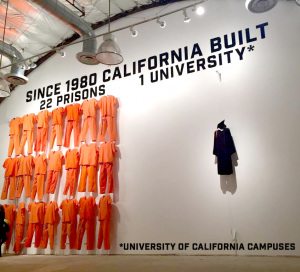
The U.S. spends more on prisons and jails than it does on educating children – and 15 states spend at least $27,000 more per prisoner than they do per student, according to a new report.
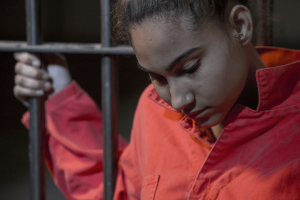
Nationally, women’s incarceration rates still hover near record highs, even as men’s rates are going down.

As it stands today, criminal justice in the U.S. exists inside an architecture of isolation: those within the system are shuffled between courthouses and prisons, which are separated from society by thick walls and high fences.
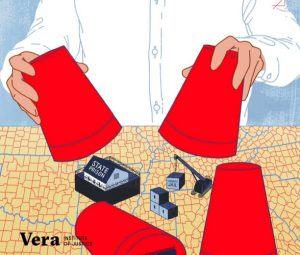
This report is one of a series that the Vera Institute of Justice (Vera) is releasing with the Safety and Justice Challenge—the John D. and Catherine T. MacArthur Foundation’s initiative to reduce overincarceration by changing the way America thinks about and uses jails.
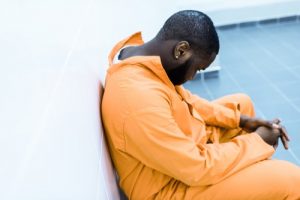
Can it really be true that most people in jail are being held before trial? And how much of mass incarceration is a result of the war on drugs? These questions are harder to answer than you might think, because our country’s systems of confinement are so fragmented.

The United States leads the world in incarceration. A new report explores why — and offers recommendations for fixing the system.

As head of New York City’s correctional health services, Dr. Homer Venters spent nine
years overseeing the care of thousands of inmates in the jails on Rikers Island. Though
he left Rikers in 2017, what he witnessed on the job has stayed with him.
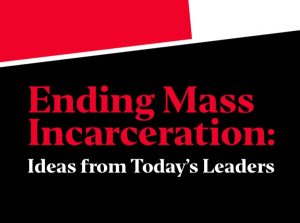
Our American criminal justice system is broken. Eric Garner, Michael Brown, Sandra Bland, Freddie Gray, Philando Castile — these names just touch the surface of the multitude of Black lives lost at the hands of the police or while in police custody.

More than half a million people are released from federal and state jails and prisons in this country each year. Following their release, roughly two-thirds of ex-offenders are arrested for a new offense within three years resulting in a seemingly unbreakable vicious cycle.

1 in 55 U.S. adults is under community supervision.

The over-representation of black Americans in the nation’s justice system is well documented. Black men comprise about 13 percent of the male population, but about 35 percent of those incarcerated.

When Dolfinette Martin was convicted of shoplifting more than $700 worth of clothes in Louisiana in 2005, she had five children, no money and an addiction to cocaine.